新書推薦:

《
月与蟹(青鲤文库)荣获第144届直木奖,天才推理作家经典作品全新译本。一部青春狂想曲,带你登上心理悬疑之巅。
》
售價:NT$
230.0
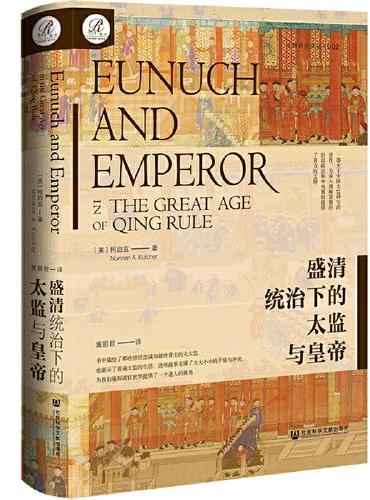
《
索恩丛书·盛清统治下的太监与皇帝
》
售價:NT$
403.0
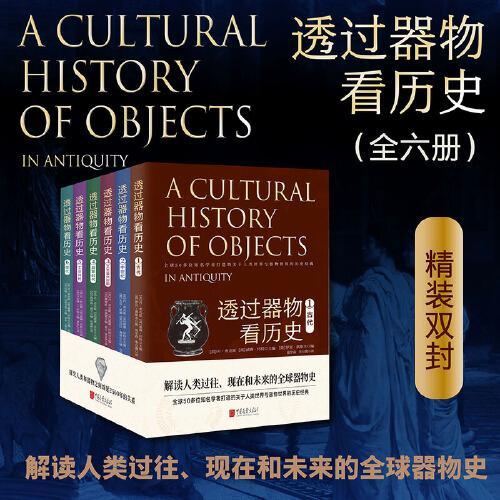
《
透过器物看历史(全6册)
》
售價:NT$
2234.0
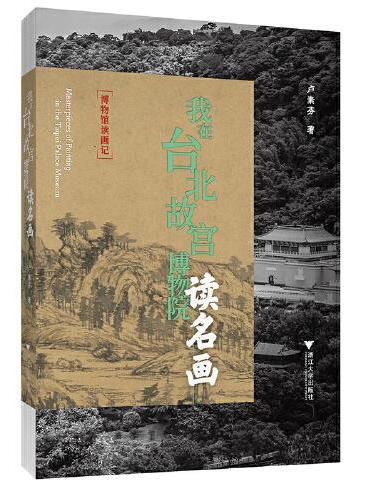
《
我在台北故宫博物院读名画
》
售價:NT$
500.0
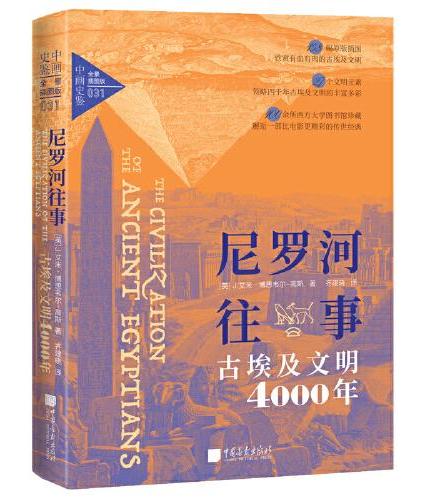
《
尼罗河往事:古埃及文明4000年
》
售價:NT$
347.0
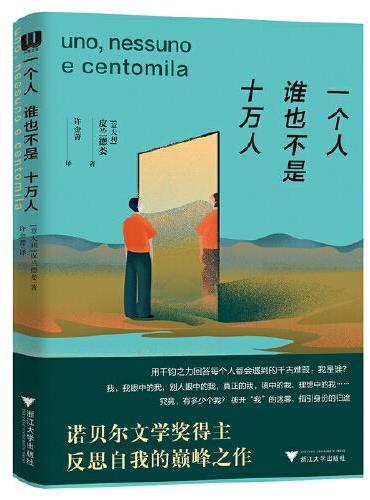
《
一个人·谁也不是·十万人(诺贝尔文学奖得主反思自我的巅峰之作)
》
售價:NT$
250.0
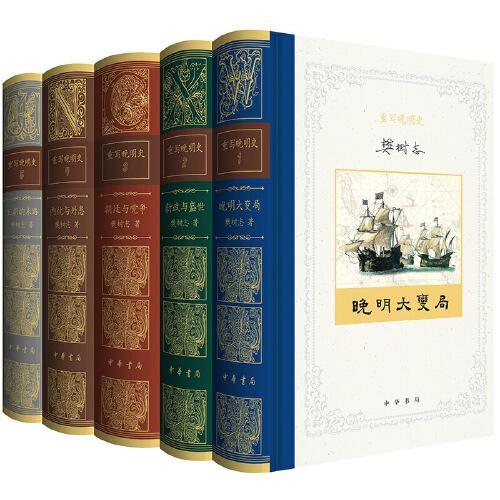
《
重写晚明史(全5册 精装)
》
售價:NT$
3560.0
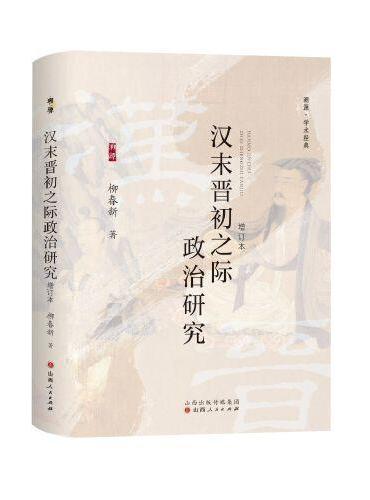
《
汉末晋初之际政治研究
》
售價:NT$
602.0
|
| 內容簡介: |
|
整书内容分为三篇,共15章。第一篇即第1~6章,介绍热障涂层的破坏理论,其中第1章和第2章分别介绍热力化耦合的理论框架和非线性有限元理论,第3~6章分别介绍热障涂层界面氧化、CMAS腐蚀、冲蚀热力化耦合的破坏理论与机制。第二篇即第7~12章,介绍热障涂层性能与损伤的表征技术,第7~9章凝练热障涂层基本力学性能、断裂韧性、残余应力的各种先进表征方法,第10~12章介绍裂纹、界面氧化、应力应变场等关键损伤参量的无损实时表征方法。第三篇即第13~15章,介绍热障涂层性能评价技术,包括隔热与强度综合效果的评价、可靠性与服役寿命的评价以及模拟考核方法与试验平台方面的进展。
|
| 目錄:
|
|
目录Contents 1 Introduction 1 1.1 TBCs and the Corresponding Preparation Methods 2 1.1.1 TBC Materialsand Structures 2 1.1.2 TBC Preparation Methods 4 1.2 TBC Spallation Failure and Its MainIn.uencingFactors 9 1.2.1 Service Conditions for TBCs 9 1.2.2 TBC Spallation Failure and Its MainIn.uencing Factors 101.3 Solid Mechanics Requirements and Challenges Generated by TBC Failure 14 1.3.1 Solid Mechanics Requirements Generated by TBC Failure 14 1.3.2 Solid Mechanics Challenges Presented by TBC Failure 171.4 Content Overview 21 References 23 2 Basic Theoretical Frameworks for Thermo–Mechano-Chemical Coupling in TBCs 27 2.1 Continuum Mechanics 27 2.2 Theoretical Frameworkfor Thermo–Mechano-Chemical Coupling Basedon Small Deformation 30 2.2.1 Strain and Stress Measures BasedonSmall Deformation[5,6] 30 2.2.2 Stress–Strain Constitutive Relations Based onSmall Deformation[5,6] 47 2.2.3 Constitutive Theoryfor Thermomechanical CouplingBased on Small Deformation[11] 52 2.2.4 Constitutive Theory forThermo–Mechano-Chemical Coupling Basedon Small Deformation[16] 61 2.3 Theoretical Frameworkfor Thermo–Mechano-Chemical Coupling BasedonLarge Deformation 68 2.3.1 Kinematic Description[9] 68 2.3.2 Stressand StrainMeasures 71 2.3.3 Mass Conservation and Force Equilibrium Equations 74 2.3.4 Constitutive Theoryfor Thermomechanical Coupling Basedon Large Deformation[18,25,26] 80 2.3.5 Constitutive Theory for Thermo–Mechano-Chemical Coupling BasedonLarge Deformation 85 2.4 Summary and Out look 93 References 97 3 Nonlinear FEA of TBCs on Turbine Blades 99 3.1 FEAPrinciples 100 3.1.1 Functional Variational Principle 100 3.1.2 WeakFormof theEulerianFormulation 105 3.1.3 FEDiscretizati on of the Eulerian Formulation 108 3.1.4 WeakFormof theLagrangian Formulation 111 3.1.5 FE Discretizati on of the Lagrangian Formulation 113 3.1.6 WeakFormof the Arbitrary Lagrangian–Eulerian Formulation 116 3.1.7 Initial and Boundary Conditions 121 3.2 FE Modeling of TBCs on Turbine Blades 122 3.2.1 Geometric Characteristicsof Turbine Blades 122 3.2.2 Parametric Modelingof Turbine Blades 124 3.3 Mesh Generationfor Turbine Blades 140 3.3.1 Generationof Unstructured Meshes 141 3.3.2 Structured Meshes for Turbine Blades 145 3.4 Image-Based FE Modeling 150 3.4.1 Image-BasedFEM 151 3.4.2 2D TGO Interface Modeling 153 3.4.3 Porous Ceramic Layer Modeling 156 3.4.4 D3TGO Interface Modeling Method 157 3.5 Summaryand Outlook 158 References 159 4 Geometric Nonlinearity Theory for the Interfacial Oxidation of TBCs 163 4.1 Interfacial Oxidation Phenomenon andFailure 164 4.1.1 Characteristics and Patterns of Interfacial Oxidation 164 4.1.2 StressField Inducedby Interfacial Oxidation 167 4.1.3 Coating SpallationInducedby Interfacial Oxidation 170 4.2 TGO Growth Model Basedon Diffusion Reaction 172 4.2.1 Governing Equations 172 4.2.2 FESimulation 178 4.3 Thermo–Chemo–Mechanical CouplingAnalytical Model forInterfacial OxidationofTBCs 188 4.3.1 Thermo–Chemo–Mechanical Coupling Analytical Growth Model forInterfacial Oxidation 188 4.3.2 Thermo–Chemo–Mechanical Coupling Growth Constitutive Relations forInterfacial Oxidation 201 4.3.3 Analysis of theThermo–Mechano-Chemical CouplingGrowthPatterns and Mechanisms DuringInterfacialOxidation 222 References 232 5 Physically Nonlinear Coupling Growth and Damage Caused by Interfacial Oxidation in TBCs 235 5.1 Physically Nonlinear Model forThermo–Mechano–Chemical Coupling Growth Causedby Interfacial Oxidationin TBCs 236 5.1.1 Model Framework 236 5.1.2 Numerical Implementation 243 5.1.3 Resultsand Discussion 246 5.1.4 Analytical Coupling Model for Interfacial Oxidation 252 5.1.5 Comparison with Experimental Results 256 5.2 Interfacial Oxidation Failure Theorythat Integrates the CZM and PFM 262 5.2.1 Integrated CZM and PFM Framework 262 5.2.2 Introductionto PFM 263 5.2.3 Introductionto CZM for Phase-FieldCrack Interactions 267 5.2.4 Numerical Implementation 271 5.2.5 Resultsand Discussion 273 5.3 Summary and Out look 281 5.3.1 Summary 281 5.3.2 Outlook 283 References 283 6 Thermo–Mechano–Chemical Coupling During CMAS Corrosion in TBCs 287 6.1 Correlation Analysisof Molten CMASIn.ltration and Its KeyIn.uencingFactors 288 6.1.1 Theoretical Model for Mol ten CMASIn.ltration Depthin EB-PVD TBCs 288 6.1.2 Experimentsonthe MoltenCMASIn.ltration Depthinan EB-PVD TBC and Its In.uencing Factors 298 6.1.3 CMASIn.ltration Depthinthe EB-PVD TBC and ItsIn.uencing Factors 299 6.1.4 In.ltration of CMAS Meltsin an APS TBC 308 6.2 Microstructural Evolution, Deformation, and Composition Loss of Coatings Dueto Corrosion 312 6.2.1 Microstructural Evolution and Deformation ofCoatings 312 6.2.2 Thermo–Mechano–Che
|
|










